How to become a ‘freezer geek’ and why Professor Tim Spector says frozen food can be better than fresh
The freezer aisle has long been shunned by foodies and the health-conscious alike, but that’s changing. Emily Goddard checks out the cool new trend for all things frozen and looks at why it can save your bank balance, as well as the planet...

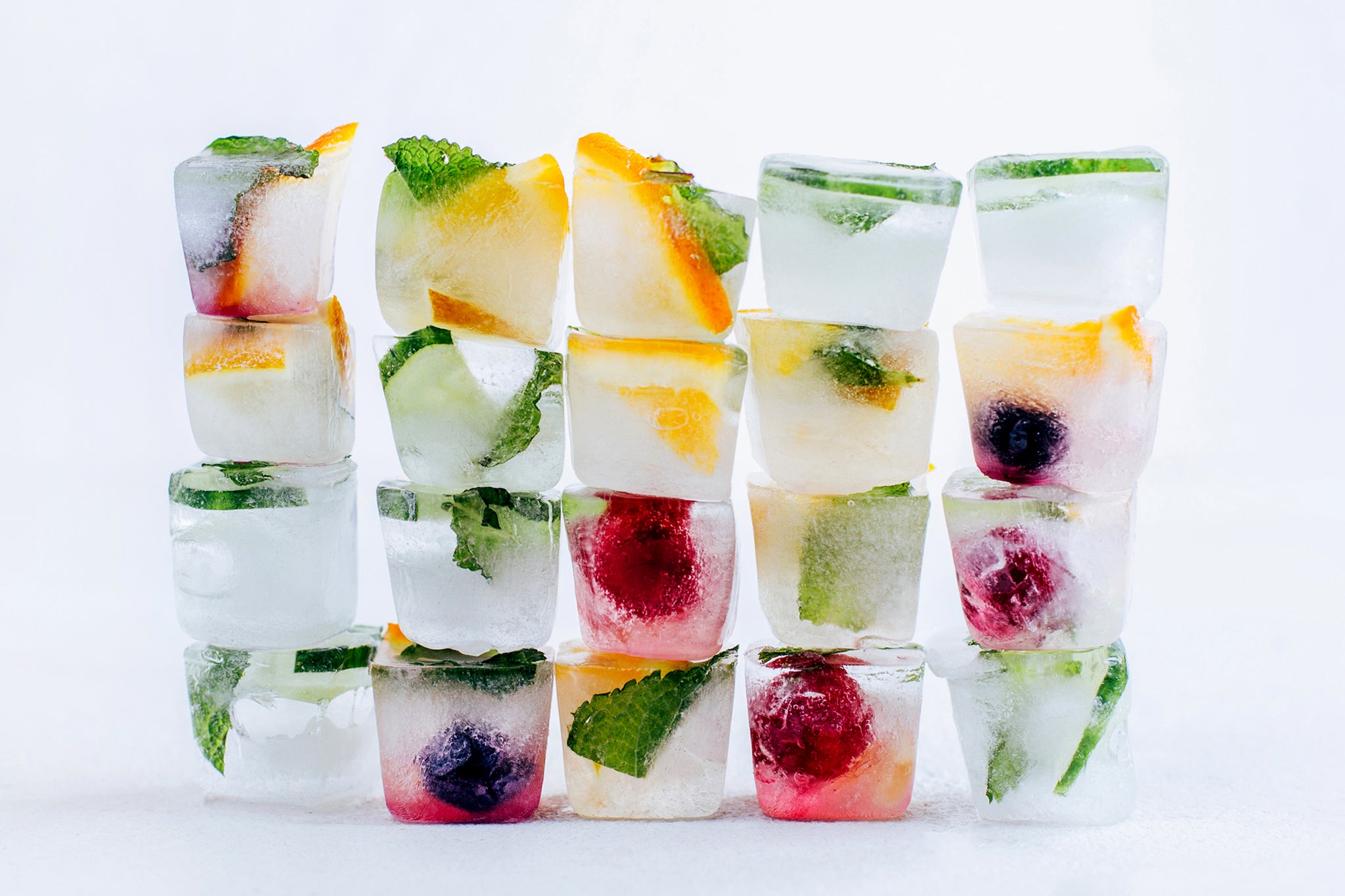
If the mention of frozen food sends your mind back to the days of lava-filled crispy pancakes, menacingly smiling potatoes and Turkey Twizzlers, you are probably a) a millennial and b) have a freezer full of ice cream instead of frozen vegetables. I write as one among you.
Pulling something out of the freezer may be something you do when you are tired, short of time or fancy a bit of beige – but it isn’t what you immediately think of if you are entertaining, feeling inspired or want to flex your culinary skills. Which could be your big mistake. Foodies are now extolling the joys of the freezer aisle and experts are saying there is a health benefit too.
“I think many people assume that frozen fruit and vegetables are in some way inferior to fresh. This isn’t true,” says Professor Tim Spector, co-founder of the nutrition science company ZOE and author of Food for Life and Spoon Fed.
Take frozen spinach, for example. Much of its vitamin C content is retained for at least three months, according to a study about frozen food in a resilient and sustainable system. Compare that with fresh spinach, which loses much of its nutritional value after a matter of days when chilled, and the superior option becomes obvious.
And it feels like more people are catching on. Not only are our Instagram accounts packed full of influencers making “fancy ice”, British Frozen Food Federation-commissioned research showed that two in five people were now buying more frozen food at the end of 2023 than in 2022. The survey also found 42 per cent of people would be prepared to buy more frozen food if they knew more about the sustainability, waste reduction and nutritional benefits it offered.
So what are the new rules when it comes to frozen food?
Fresh is not always best
Those favouring fresh produce over the frozen alternatives are often missing the point.
There is a stigma attached to frozen food, says Kate Hall, the founder and author of The Full Freezer Method. She always sees “noses wrinkle up” when she preaches the power of cooking from the freezer, even when she points out that almost any food can be frozen safely to prevent food waste and save money.
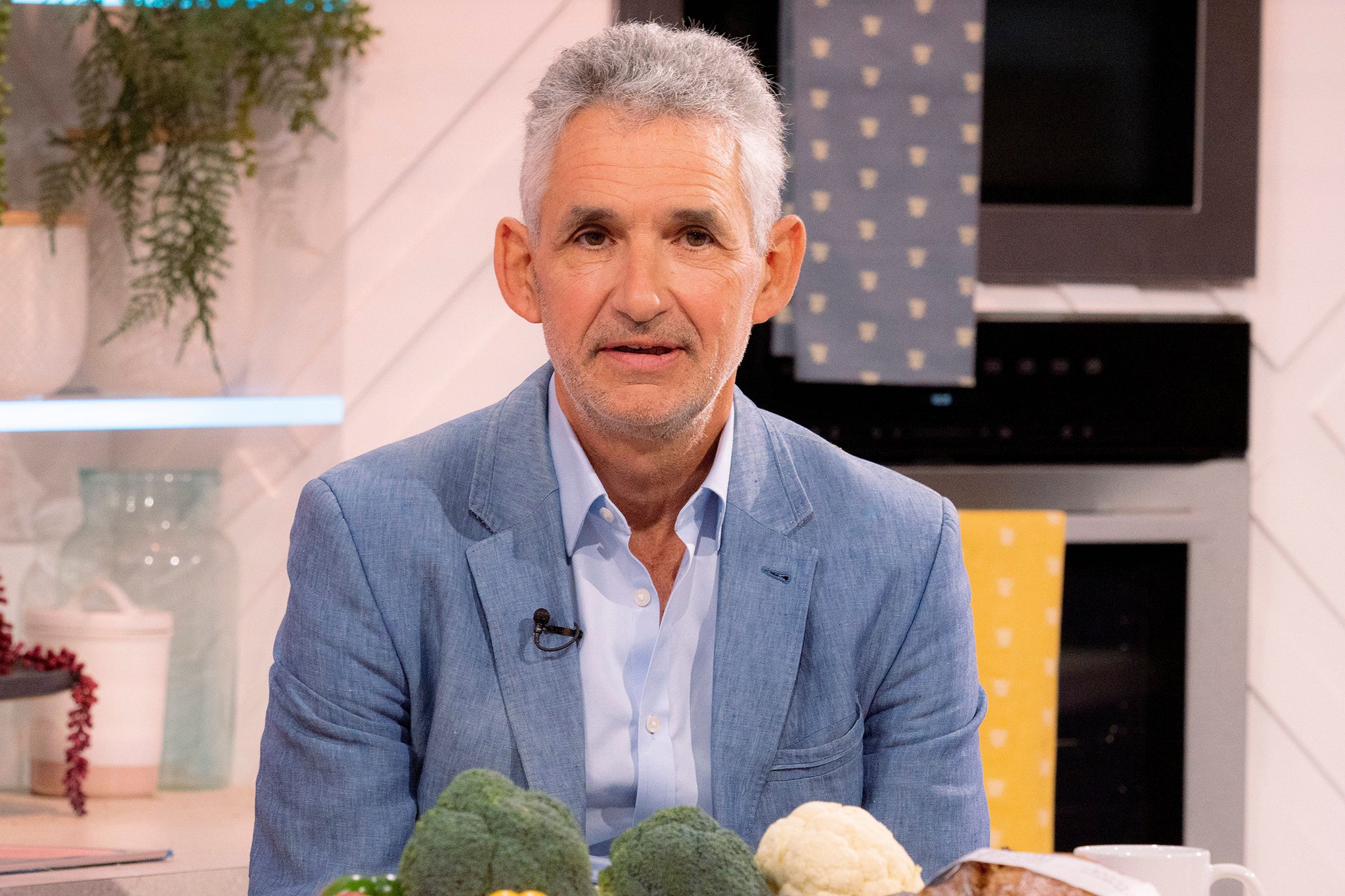
The way food is frozen and processed at its source is why it can be the healthier option. “As soon as a plant is harvested, it slowly begins to lose nutrients,” explains Spector. “Because manufacturers freeze produce soon after harvesting, it locks these nutrients in. In some cases, frozen fruits and vegetables can have higher levels of certain vitamins than fresh, but generally, the differences between the two are very small.”
But not all frozen food is made equal.
Anvi Vyas, a senior lecturer in nutrition at Manchester Metropolitan University and a registered dietician, warns against buying mostly frozen food with added salt and sugar, and those with an ingredient list that reads like a chemistry book.
“If you’ve got ingredients on the back of the packet that don’t look like anything that’s in your store cupboard, stay away from it,” she says. “It is ultra-processed with lots of different preservatives and flavour and colour enhancers. It is always best to go for the actual food itself, frozen or fresh.”
Among the frozen foods with the best nutritional hit are frozen vegetables, including peas, broccoli and cauliflower – frozen fruits are up there too. Also, frozen meat and fish in their pure form - which are often cheaper than fresh bought, which often ends up in your freezer drawer anyway.
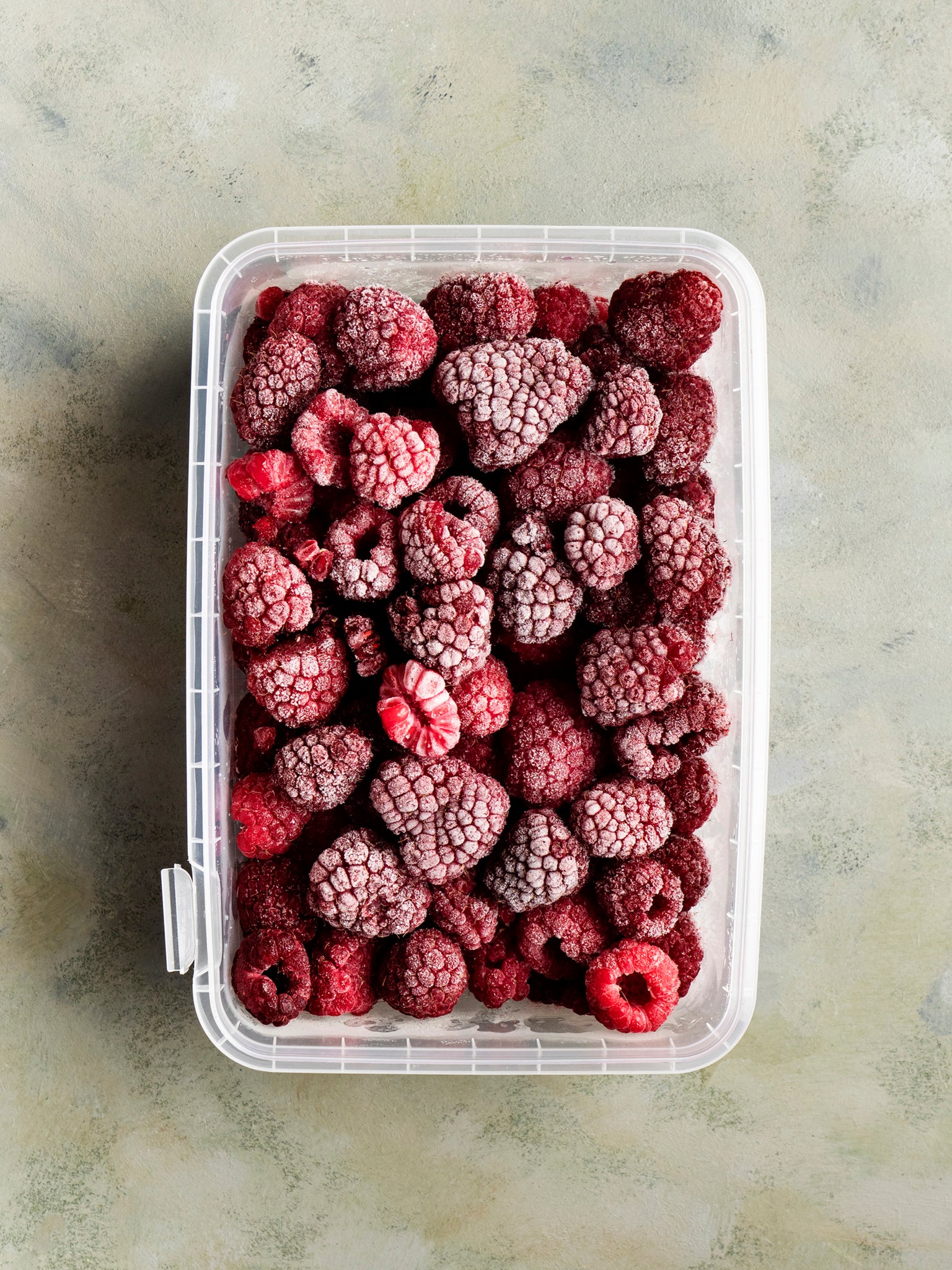
Spector says he often adds frozen berries to his breakfast of yoghurt and kefir. “Colourful plants like berries are a rich source of polyphenols, which feed your good gut bacteria and have antioxidant activity.”
Waste not, want not
Reducing food waste is critical in the global climate crisis. As much as 30 per cent of the food produced globally is lost (between the farm and the market) or wasted (between the store and the home), with stark environmental ramifications.
Such waste is estimated to contribute up to 10 per cent of man-made, planet-heating greenhouse gas emissions. Or as Toby Peters, a professor in cold economy at the University of Birmingham, puts it: “Food loss and waste would be the third biggest emitter of CO2 after America and China if it were a country.”
UK households alone waste 6.4 million tonnes of food a year, according to the latest figures from the international climate action charity Waste and Resources Action Programme (Wrap). Of that figure, 4.7 million tonnes is edible.
“That’s also eight meals per week [per household] being thrown away, which is costing the typical household in the UK £80 per month that they could be saving if they can avoid binning food,” says Jo Linley, an associate specialist for food at Wrap’s Love Food Hate Waste initiative.
Food loss and food waste would be the third biggest emitter of CO2 after America and China if it were a country
Among the UK’s most thrown-away foods are potatoes, cooked leftovers and bread – all of which can be frozen and used later. British households also bin 300,000 tonnes of meat and fish a year, costing £3.2bn. Buying these in their frozen state would allow them to be kept for months without compromising food safety or taste.
Home-freezing food in domestic freezers is a slower process than the industrial freezing methods used by food manufacturers, but the reduced environmental impact is still significant.
Peters points to research that found frozen food results in 47 per cent less household food waste than fresh food in a study he published with Professor Judith Evans of London South Bank University and Dr Natalia Falagán of the University of Cranfield, among others. Together, they are stimulating the debate around frozen food to reduce food waste, food resilience and the emissions of transporting food.
“In a warming world, the reality is that food production will decrease,” Peters says.
He adds: “There are lots of reasons within a fast-warming world why freezing food can give us resilience, sustainability and high quality.”
Consider, for instance, that more than 80 per cent of the UK’s fruit and almost half of its vegetables are imported. Then look at how these enter the country and the environmental footprint of that: frozen food is often shipped by sea, whereas fresh food typically comes by air transportation which can have 50 times more emissions than refrigerated sea transport.
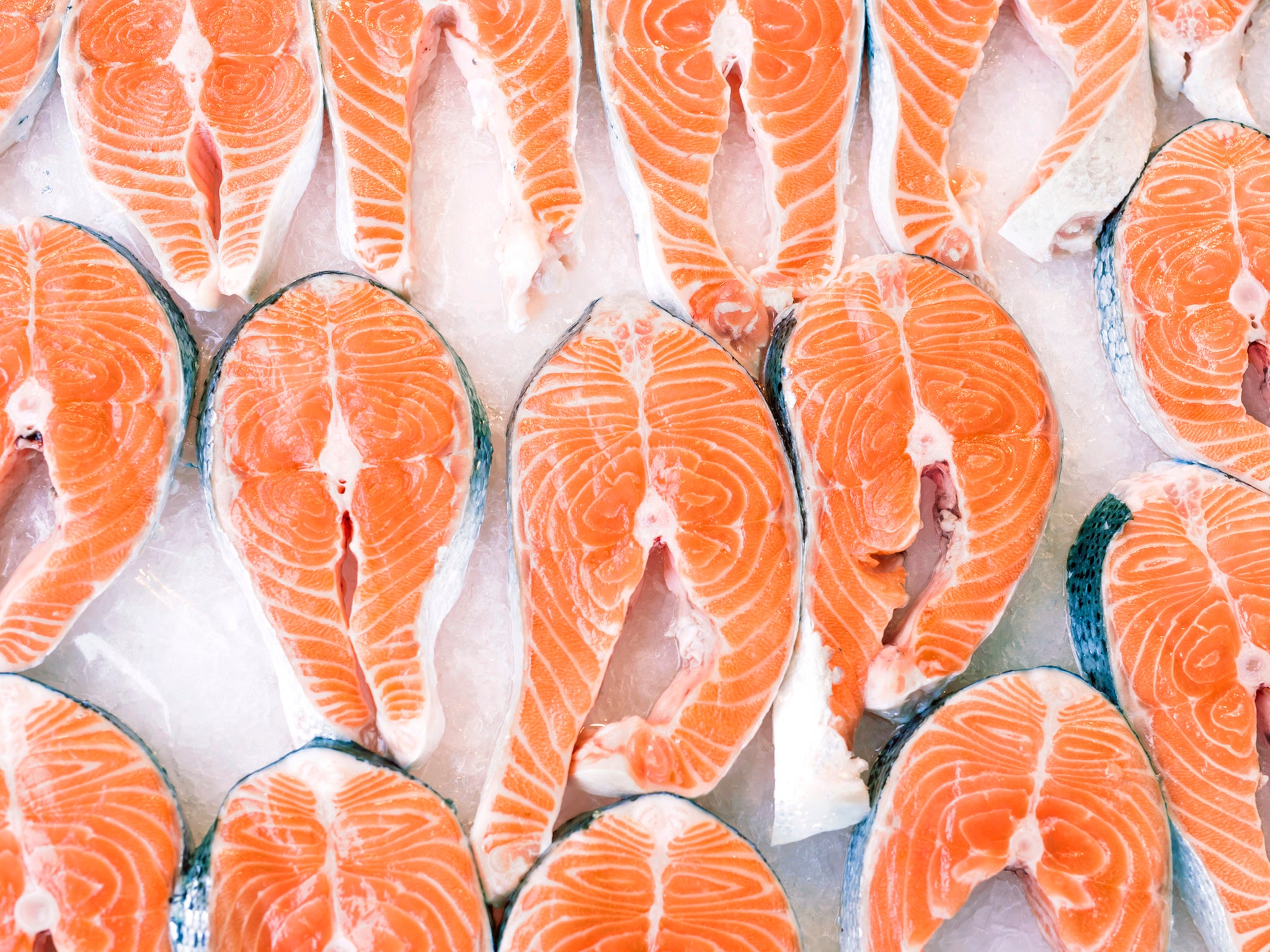
One 2021 study found that transporting frozen salmon by sea from Norway to Shanghai cuts carbon emissions by a third when compared with salmon that is transported by air.
But Evans, along with a wider international team, has been exploring how the environmental impact of frozen food can be reduced even further. Research published by the team in November 2023 showed that raising the temperature of frozen food by just 3C could safely reduce food loss and cut emissions by 17.7 million metric tonnes of carbon dioxide a year.
“The energy savings achieved by moving from -18C (the current temperature used in frozen food processing) to -15C is equivalent to twice the electricity consumption of Kenya,” the report says.
Handle with (a little) care
Memories of soggy school dinner veg are hard to shift, but it is absolutely possible to make frozen food delicious.
“You tend to find that if you steam [frozen vegetables], they actually resemble the fresh a little bit better,” says dietician Vyas. “Obviously, things like leaves do need just to be put into a casserole or a stew or a curry.”
Hall with her Full Freezer Method also has dozens of ideas on how to make frozen food taste as good – or better – than fresh. While she predominantly home freezes the fresh or tinned food she buys to prevent leftovers from becoming waste, her “freezer geek” techniques equally apply to many foods bought in their frozen state.
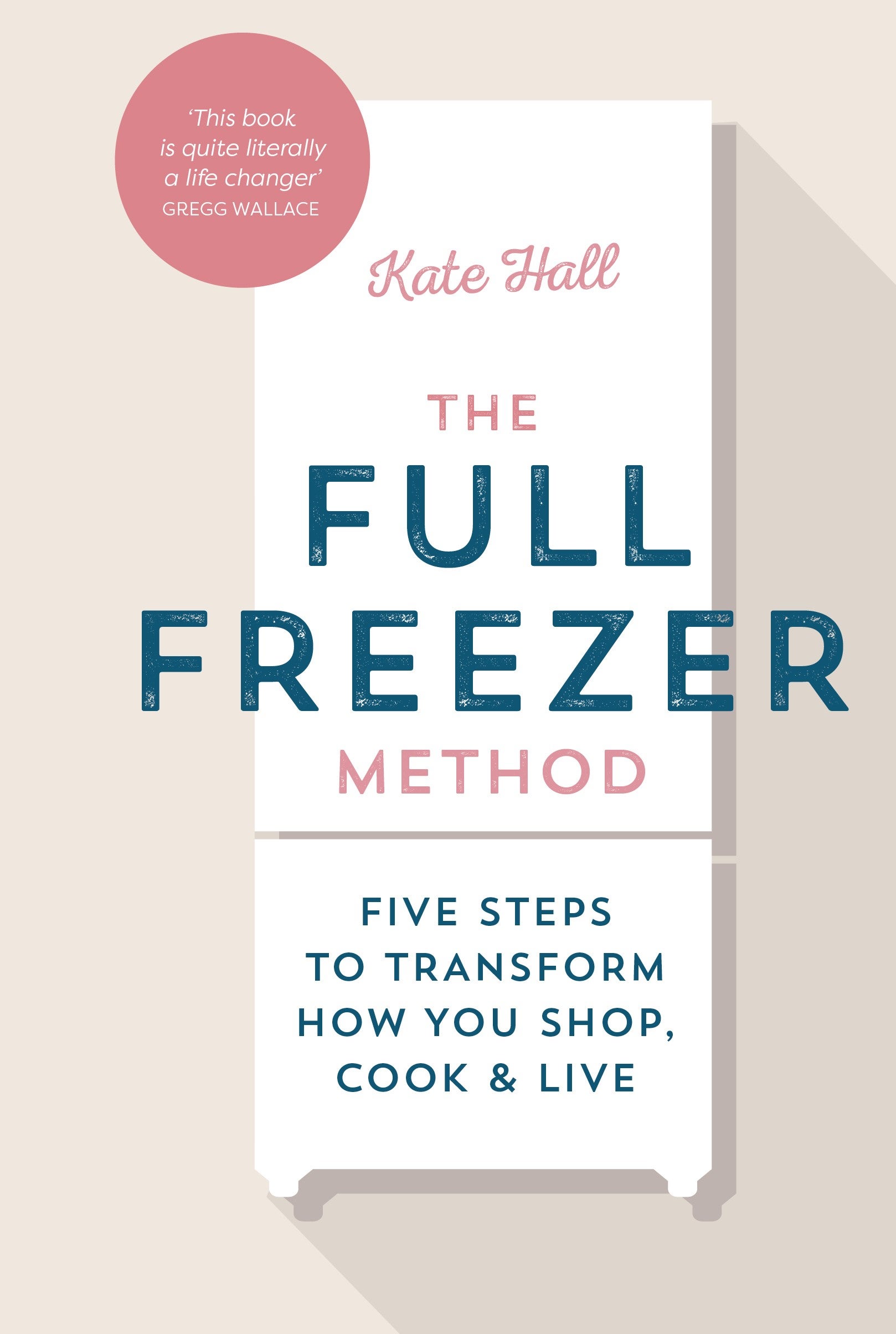
And if you’re still perturbed at the thought of eating frozen food, Hall has a story that might help open your mind. “When I first started what I was doing, a friend said to me: ‘Oh no, I can’t do that, my husband won’t eat out of the freezer,’” she says. “I was encouraging her and sending her information about building up her freezer stash of ingredients.”
Weeks later, that same friend told Hall she had been cooking using frozen ingredients for three months – and her husband had never even noticed.
Kate Hall’s top tips for making the most of your freezer
Keep an inventory of your freezer stock
“I do a photo inventory once a month or so and then look at the photos on my phone and think about what I fancy cooking or use something like SuperCook, where I can put in the ingredients I’ve got and it will give you loads of recipes.”
Read the cooking instructions on packets
“Be conscious of the instructions on the packaging. There are common mistakes that could put people’s health at risk.”
Label your freezer stock
“Label bags of frozen food across the top with what’s inside, when you froze it and the best-before date so that if you have deep freezer drawers you can easily see what you have.”
Freeze things flat
Smoothing fresh ingredients flat in freezer bags and stacking will make the most of your freezer space. “I make mashed potato and then I freeze it flat in portion sizes that suit me and my husband.”
Open-freeze fresh produce
“Pop things onto a tray and freeze them that way before putting them in a freezer bag. That will help the food freeze faster, the quality will be better and you can avoid ending up with a big clump that you have to hack at to separate the food.”
Ice-cube trays aren’t just for ice
“I use an ice cube tray for things like pesto or tomato puree because it’s handy to portion it up and once the cubes are frozen they can go in a freezer bag.” (Just make sure to use separate ice cube trays for ice and food.)



Join our commenting forum
Join thought-provoking conversations, follow other Independent readers and see their replies
Comments